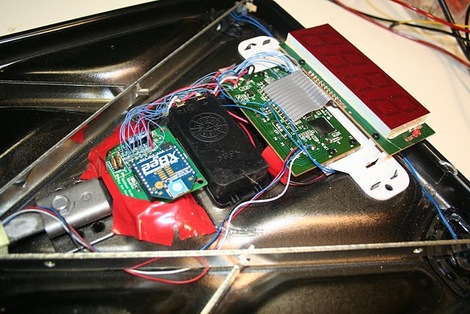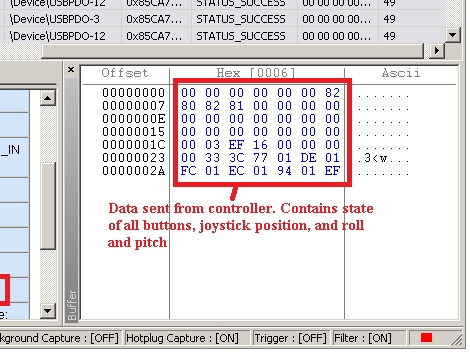
[Albert] has made a few PC IR transmitters and receivers using the traditional connection of RS232 serial, and that is fine, but as we are all aware, not every computer has serial ports standard. Searching though normal USB <> RS232 dongles didn’t meet his requirements. Deciding on making it himself, he whipped up this FTDI bit-bang IR receiver / transmitter.
While FTDI makes a range of chips most (if not all) support a bit-bang mode where you can manually control the IC’s pins. The FTDI chip handles the timing, and when paired up with libFTDI makes it pretty painless to control. The software is a work in progress, but [Albert] already has a driver that connects to LIRC, which lets you control a wide array of remote devices and a test program for carrier generation.
Schematics, source, and a few pages of good information are available on his site.
















